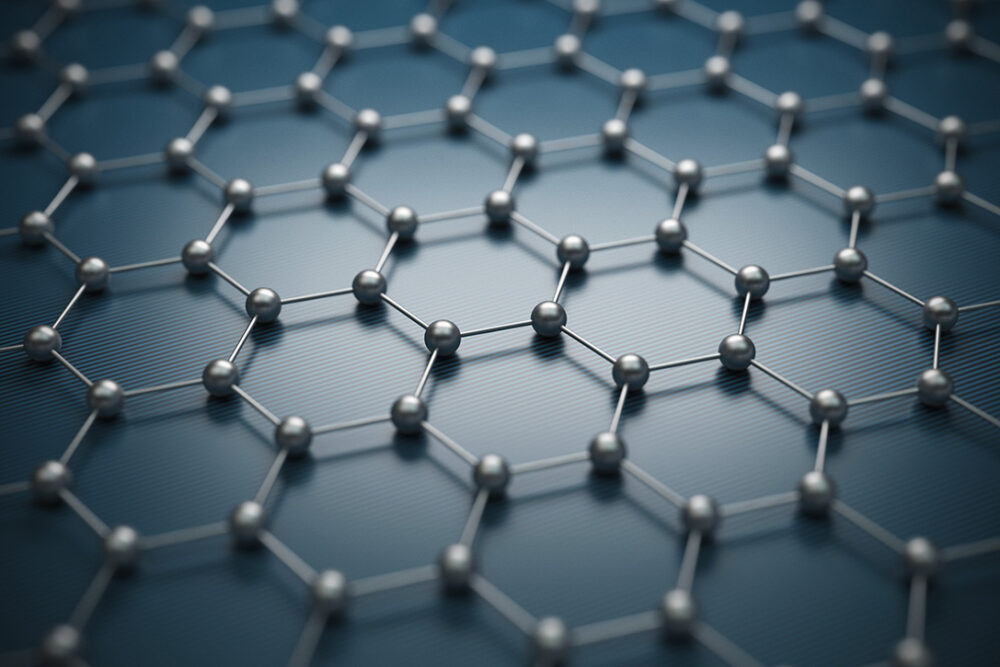In the realm of condensed matter physics, one tantalizing question looms large: Is graphene a room-temperature superconductor? To ponder upon this query is to delve into the intricate tapestry of material science, quantum mechanics, and the potential that lies within the structures of atoms and their interactions. A broad swath of the scientific community has expended considerable effort investigating graphene’s properties, leading to a profound curiosity about its superconductive capabilities.
Graphene, a single layer of carbon atoms arranged in a two-dimensional honeycomb lattice, exhibits extraordinary electrical, thermal, and mechanical properties. Its remarkable electron mobility and strength, coupled with a low density, present a paradigm shift in material science. But does this exceptional structure also hold the key to achieving superconductivity at room temperature? The answer to this question necessitates a closer examination of the underlying mechanisms of superconductivity and the unique characteristics of graphene.
Superconductivity, a phenomenon characterized by the complete absence of electrical resistance under certain conditions, has been historically observed in a variety of materials at low temperatures. Conventional superconductors, such as elemental lead or niobium, typically require cooling via liquid helium or other cryogenic methods to achieve superconductive states. This limitation prompts researchers to explore alternative materials that might exhibit superconductivity at elevated temperatures, ideally around room temperature.
Enter graphene: its two-dimensional nature and high conductivity have led many to speculate whether it could serve as a medium for room-temperature superconductivity. Theoretical models suggest that phonon interactions in graphene might induce Cooper pair formation, which is essential in establishing the superconductive state. However, a critical investigation uncovers the complexity of these interactions.
First and foremost, the electron-phonon coupling in graphene is inherently weak, casting doubt on the feasibility of achieving a traditional superconducting state as seen in conventional materials. Additionally, while it possesses an exceptionally high critical magnetic field, which implies a robust tolerance to external perturbations, the parameters that govern superconductivity are intricate. Thus, one might rightfully ask: could the expansion of graphene’s structural configurations—perhaps through doping or the formation of bilayer systems—reveal superconductive properties previously hidden?
Indeed, researchers have explored various avenues, including the introduction of external materials or altering the lattice structure of graphene. For instance, bilayer graphene has garnered particular attention. Under specific conditions, such as twisting the layers relative to one another, the material exhibits superconductivity at temperatures above 1.5 K. While this progression marks a significant breakthrough, it is a far cry from the coveted room-temperature superconductivity.
Moreover, the discipline of material science has also witnessed the synergy between graphene and other exotic materials. By embedding graphene within certain lattice structures or through hybrid systems, some studies suggest it may act as a substrate that enhances the superconducting temperature of adjacent materials. The intriguing interplay between different materials underscores an overarching challenge: the quest for a stable and transformative superconductive state at more accessible temperatures.
Beyond the intricacies of electron interactions, another layer of complexity arises from the theoretical frameworks used to model superconductivity in graphene. While traditional Bardeen-Cooper-Schrieffer (BCS) theory may offer insights, it falls short of capturing the nuances exhibited by two-dimensional systems like graphene. Consequently, many physicists now turn towards more sophisticated theories, including those rooted in topological phenomena and novel pairing mechanisms, in hopes of deciphering how graphene could facilitate room-temperature superconductivity.
The scientific community remains divided, with some hypothesizing that the inherent properties of graphene may inherently preclude it from achieving superconductivity at room temperature. Others, however, harbor unwavering hope that further ingenuity, perhaps in the form of ingenious experimental setups or theoretical breakthroughs, could unlock this elusive property.
This ongoing quest evokes a sense of playful curiosity: What might happen if graphene, the wonder material of the 21st century, were to finally achieve superconductivity at room temperature? The ramifications would transcend the conventional domain of physics and material science, cascading into technological advances with vast implications. Imagine lossless electrical transmission, revolutionary improvements in quantum computing, or even the reinvention of magnetic levitation technologies.
As researchers continue to navigate this challenging terrain, the exploration of graphene’s potential as a room-temperature superconductor epitomizes the frontier of modern science. With advancements in experimental techniques and a deeper understanding of material interactions, the future remains shrouded in possibility. Whether that possibility culminates in the realization of room-temperature superconductivity in graphene is yet to be determined. However, one can rest assured that the pursuit will provide insights into the very fabric of our physical world.
In conclusion, while the prospect of graphene serving as a room-temperature superconductor remains tantalizingly out of reach, the journey is rife with intrigue and enriches our comprehension of quantum materials. The challenge lies not only in tackling the existing barriers but also in fostering innovative collaborations across various fields, echoing the spirit of discovery that has propelled material science forward for centuries. The dialogue between theory and experiment promises to illuminate the path ahead. Indeed, in the playful question of superconductivity, one finds the canvas upon which scientific ingenuity shall continue to unfold.












